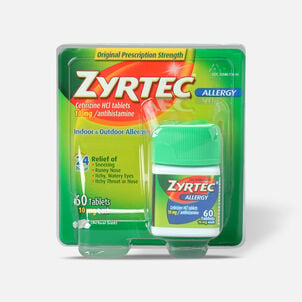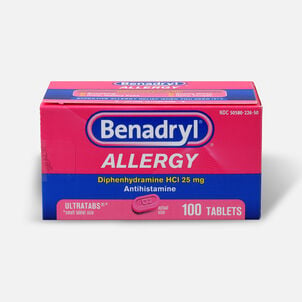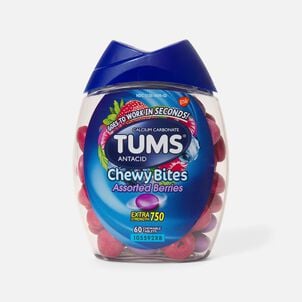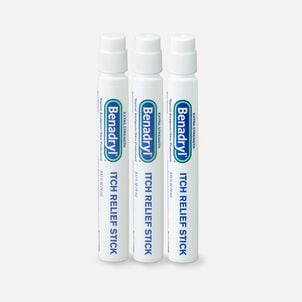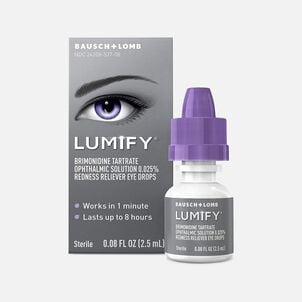Can I have an FSA and an HSA?
There has been an undeniable growth in consumer-directed health plans in the last few years. Consumer-driven plans enable consumers to manage their health benefits through Flexible Spending Accounts and Health Savings Accounts.
Popularity of these health benefit accounts is rising as consumers seek to save in light of high health care costs. Explore the differences between Flex Spending Accounts and Health Savings Account below.
Health Savings Account (HSA)
According to the IRS, HSA contributions depend on a few factors including “type of HDHP coverage you have, your age, the date you become an eligible individual, and the date you cease to be an eligible individual. “ If you have self-only HDHP coverage in 2024, you can contribute up to $4,150. For family HDHP coverage in 2024, you can contribute up to $8,300.
Flexible Spending Account (FSA)
- The FSA is also tax-free (no Social Security and Medicare taxes).
Yearly contributions are limited to $3,200 per person (2024).
You must determine the amount you want to contribute to your FSA during open enrollment. The selected contribution cannot generally be changed unless you have a qualifying event.
You and your spouse can both elect FSAs under different employers. Employers have the option of contributing to your FSA.
You must spend yearly contributions by set deadlines - FSAs are “use it or lose it” accounts.
Dependent Care FSA
- You can apply for a Dependent Care FSA to cover, and save on, costs for child day care or adult day care.
- The maximum limit for the Dependent Care FSA is $5,000 per household, or $2,500 if married and filing separately.
Can I have an FSA and an HSA?
Generally speaking, you cannot have an HSA and a health FSA at the same time. An FSA is considered additional health coverage by the IRS and would disqualify an individual from opening or contributing to an HSA.
However, there are limited exceptions to this.
A Limited Purpose FSA (LPFSA) that only covers vision and dental expenses can be paired with an HSA. You may hear LPFSAs sometimes referred to as "HSA-compatible FSAs".
A Dependent Care FSA (DCFSA) that covers dependent care expenses that allow an individual to work or look for work is also compatible with an HSA because it is not medical coverage.
Also HSA-compatible but less common is a Post-Deductible FSA. Before you hit your minimum deductible for the year, expenses are limited to dental and vision only with this account. Once you hit your minimum HSA deductible for the year, you can use the money from the post-deductible FSA account for all qualified medical expenses
 |
| 

